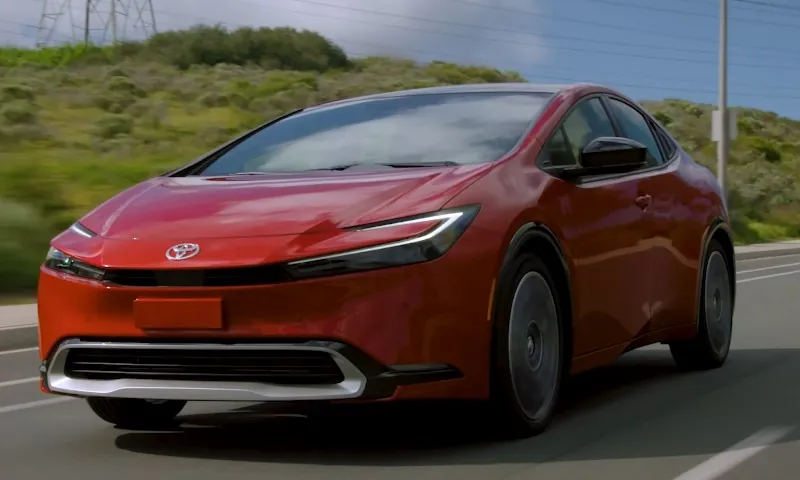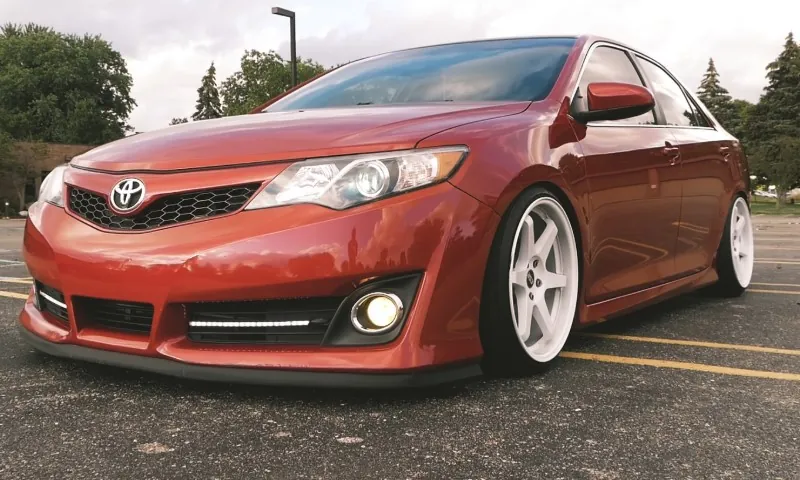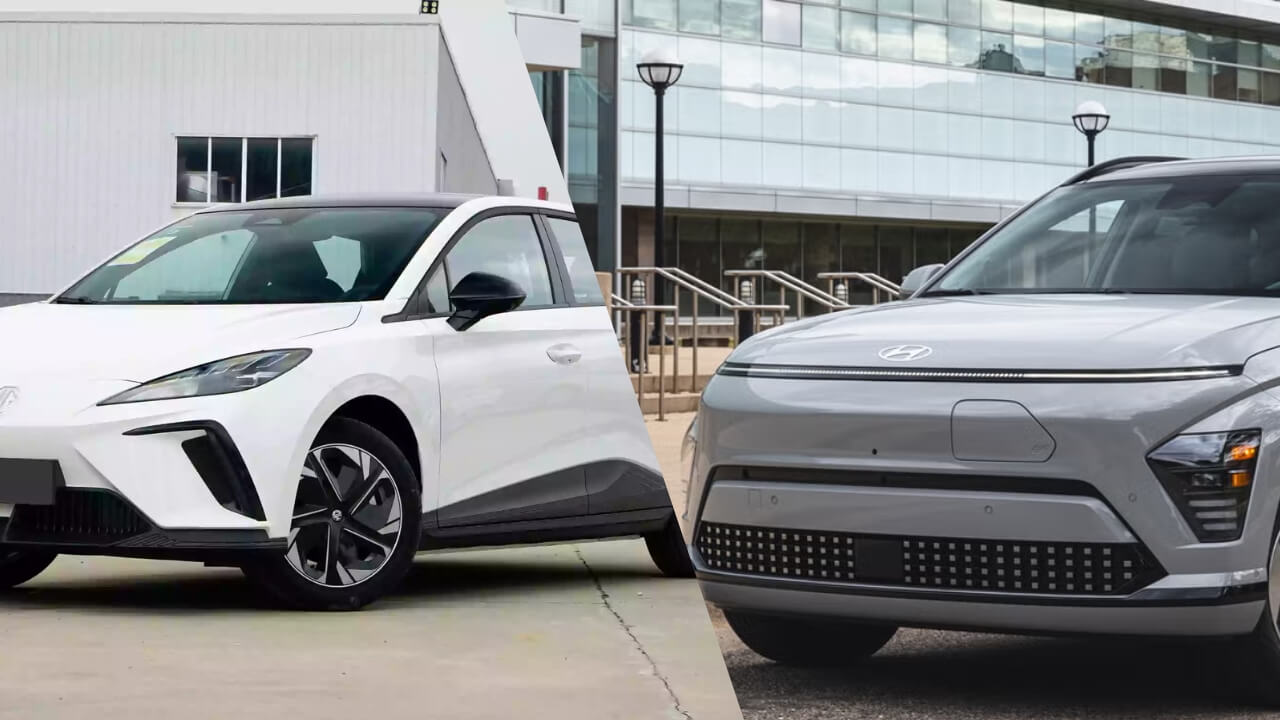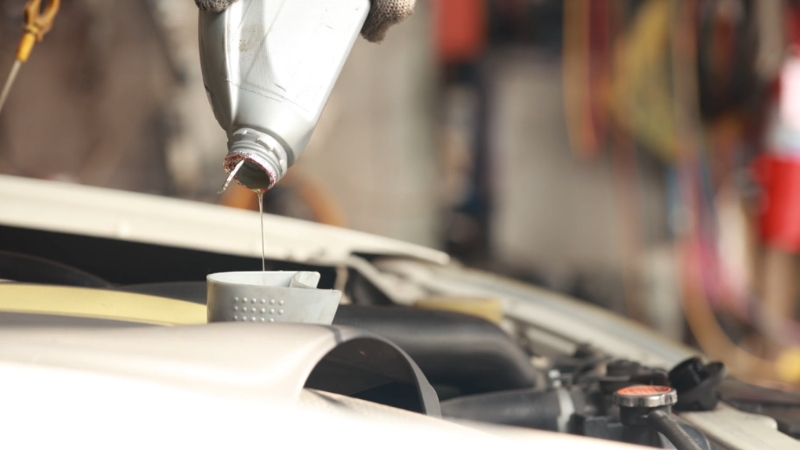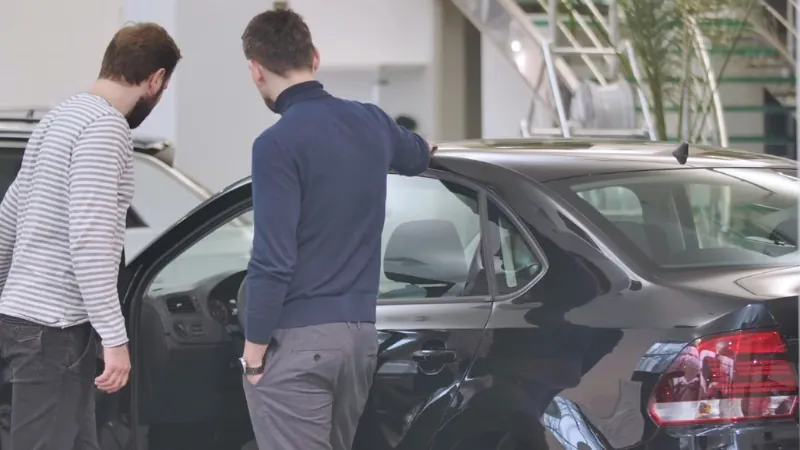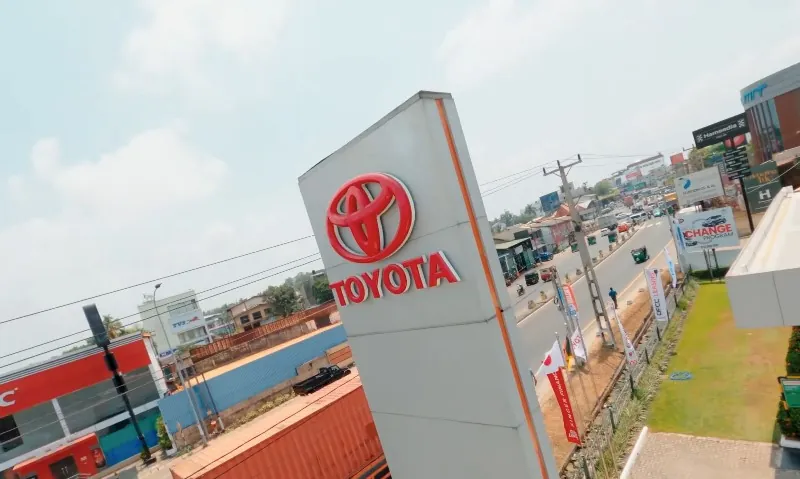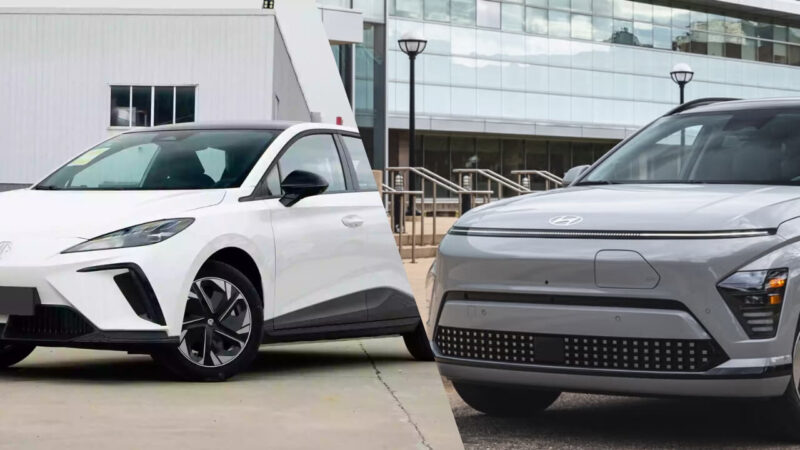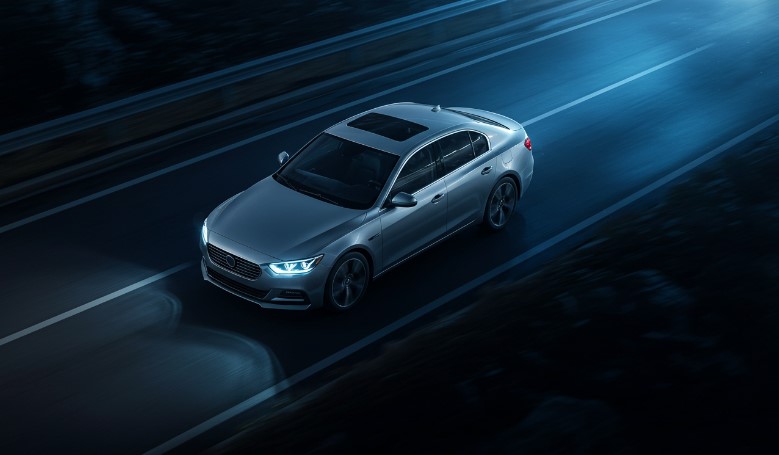
Share Post:
Car crashes in the United States still happen far too often. But some vehicles just don’t show up in the accident reports as much as others. And in 2025, the difference between models is more than just luck or cautious driving. It’s often the car itself: the way it’s built, the tech it’s loaded with, and how it performs when something goes wrong.
If you’re shopping for a safer ride or just curious about which cars avoid trouble on the road, there’s real value in looking at the vehicles that are designed to stay out of crashes in the first place.
Let’s break it down.
Table of Contents
ToggleHow Car Crash Likelihood Gets Measured
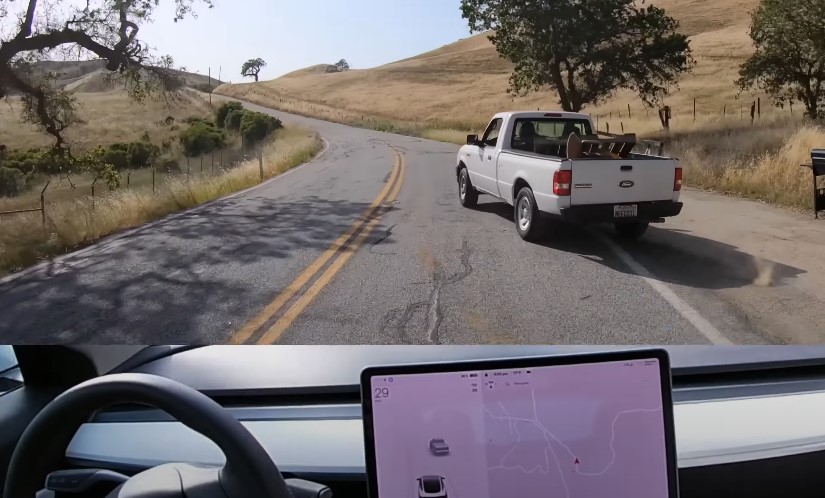
Before looking at which cars get hit the least, it helps to know what “getting hit less” even means in the data world.
There’s no perfect, nationwide, real-time ranking of crash rates by vehicle model in 2025. But there is a reliable proxy: the Insurance Institute for Highway Safety (IIHS) and the National Highway Traffic Safety Administration (NHTSA). These agencies look at what prevents crashes.
Beyond safety ratings, drivers in Montana can rely on a motor vehicle accident law firm when crashes occur despite top-rated vehicles.
The IIHS uses a series of brutal, real-world-inspired crash tests – front overlap, side, rear, and more. They also test advanced driver assistance features like:
- Automatic emergency braking (AEB)
- Pedestrian detection
- Lane departure warning
- Seatbelt reminders
- Headlight visibility
NHTSA adds to this with its 5-star ratings system, grading performance in frontal, side, and rollover scenarios.
Put simply, if a vehicle has Top Safety Pick (TSP) or Top Safety Pick+ (TSP+) status from the IIHS in 2025, it means it held up in crashes and worked hard to avoid them. So it’s a strong candidate for being among the least-crashed cars in the country.
Cars with the Lowest Likelihood of Getting Hit in 2025

Let’s get specific. The following vehicles earned top honors from the IIHS for 2025. Based on their safety tech, crash test strength, and track record, they’re some of the best bets for staying out of trouble on the road.
Small Cars
| Model | IIHS Designation | Key Safety Features |
| Acura Integra | TSP | AEB, solid frontal crash performance |
| Honda Civic Sedan | TSP | Lane departure warning, strong crashworthiness |
| Honda Civic Hatchback | TSP+ | Advanced pedestrian detection, excellent crash scores |
| Hyundai Elantra | TSP+ | Top marks in crash tests, effective seatbelt reminders |
| Kia K4 | TSP+ | Pedestrian crash prevention, strong structural design |
| Mazda3 (Both versions) | TSP+ | High-rated headlights, consistent safety performance |
| Toyota Prius | TSP+ | Great for families with a top-rated LATCH system |
If you’re driving a Prius or Mazda3 in 2025, you’re in a vehicle that not only handles crashes well but often prevents them entirely. Hyundai and Kia, in particular, have poured investment into safety tech that really works.
Midsized Cars
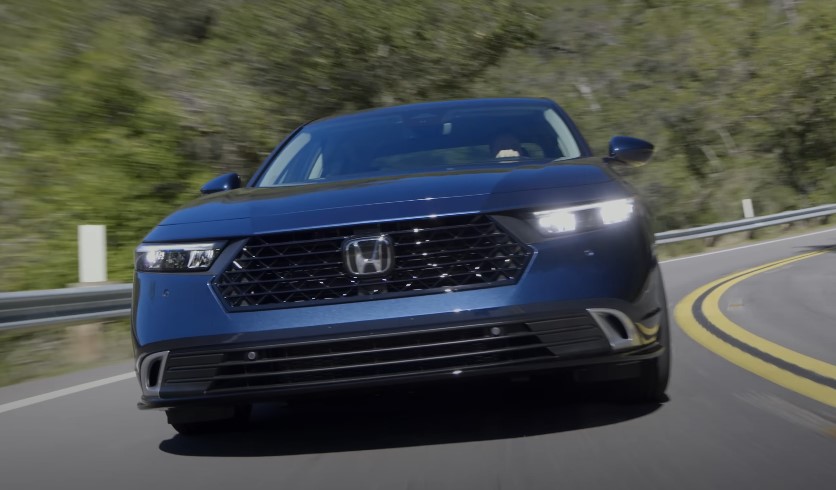
| Model | IIHS Designation | Key Safety Features |
| Honda Accord | TSP+ | Intuitive controls, good crash performance, pedestrian safety |
| Hyundai Ioniq 6 | TSP+ | Electric power with high safety marks all around |
| Hyundai Sonata | TSP+ | Strong side-impact protection, seatbelt systems that engage |
| Toyota Camry | TSP+ | A reliable leader in crash performance and safety systems |
No surprises here. The Accord and Camry continue to dominate the midsize segment thanks to refined safety packages and long-term reliability.
Midsized Luxury Car
| Model | IIHS Designation | Key Safety Features |
| Mercedes-Benz C-Class | TSP+ | High-end crash prevention systems, premium safety tech |
The C-Class brings the safety you’d expect from a German luxury brand, including some of the sharpest driver assistance systems on the market.
Large Luxury Car
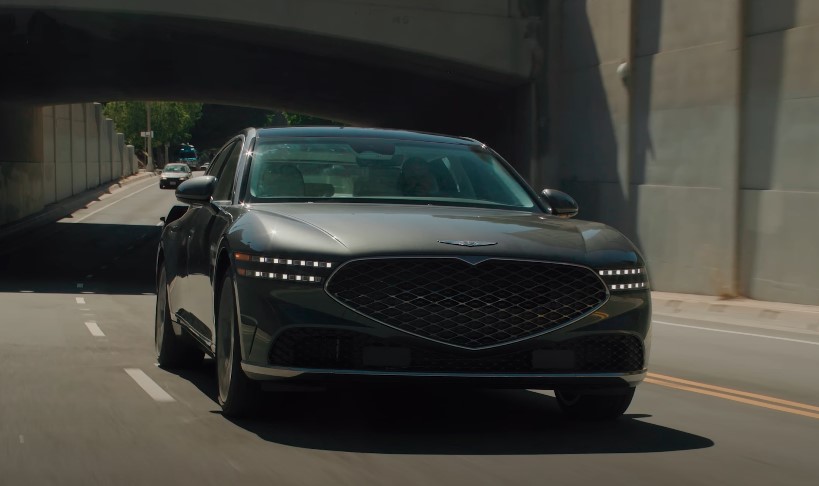
| Model | IIHS Designation | Key Safety Features |
| Genesis G90 | TSP | Premium build quality, good crashworthiness |
The G90 is big, safe, and loaded with tech, though it just missed the TSP+ mark due to slightly lower ratings in one or two categories.
Small SUVs
SUVs are America’s go-to family haulers, and these small ones are proving to be especially safe.
| Model | IIHS Designation | Key Safety Features |
| Genesis GV60 | TSP+ | Top crash test results, strong pedestrian detection |
| Honda HR-V | TSP+ | All-around crashworthiness and crash prevention |
| Hyundai Ioniq 5 | TSP+ | High-tech safety suite, great night visibility |
| Hyundai Kona | TSP+ | Effective driver assistance systems |
| Hyundai Tucson | TSP+ | Balanced safety performance and spacious interior |
| Mazda CX-30 | TSP+ | Sharp handling and high safety ratings |
| Mazda CX-50 | TSP+ | Great for families, strong LATCH child seat anchors |
| Subaru Forester | TSP | AWD stability, good crash results |
| Subaru Solterra | TSP+ | Electric SUV with top-tier pedestrian protection |
| Toyota bZ4X | TSP+ | Advanced crash avoidance systems, strong structure |
If you’re noticing a trend, you’re not alone: Hyundai, Mazda, and Subaru are crushing it when it comes to building safe compact SUVs in 2025.
Midsized SUVs
Need a little more room? The midsized category has plenty of safe options:
| Model | IIHS Designation | Key Safety Features |
| Chevrolet Traverse | TSP | Solid protection, good family safety features |
| Ford Mustang Mach-E | TSP+ | Electric and agile with excellent crash test results |
| GMC Acadia | TSP | All-around good safety, reliable seatbelt performance |
| Honda Pilot | TSP | Dependable family SUV with advanced driver tech |
| Hyundai Santa Fe (built after Nov 2024) | TSP+ | Updated with top-rated crash test performance |
| Kia EV9 | TSP+ | Big electric SUV with impressive ADAS and pedestrian safety |
| Kia Telluride | TSP+ | Family favorite with best-in-class crashworthiness |
| Mazda CX-70 / PHEV | TSP+ | Great safety across both gas and hybrid versions |
| Mazda CX-90 / PHEV | TSP+ | Flagship safety, top ADAS systems, great build quality |
| Nissan Murano | TSP+ | Strong scores in most tests, good structural integrity |
| Nissan Pathfinder | TSP+ | Three-row SUV with robust crash avoidance |
| Subaru Ascent | TSP | Good safety in a rugged all-wheel-drive package |
| Tesla Model Y | TSP+ | Market leader in EV safety, best-in-class ADAS |
For larger families or anyone who needs room to stretch, the Telluride, Santa Fe, and Model Y are all standout picks for staying safe on the road.
Midsized Luxury SUVs
| Model | IIHS Designation | Key Safety Features |
| Acura MDX | TSP | Balanced performance and safety |
| Audi Q6 E-Tron | TSP+ | Electric luxury with some of the most advanced systems |
The Q6 E-Tron is new but already making waves for combining premium comfort with elite safety design.
Why These Cars Stay Out of Crashes
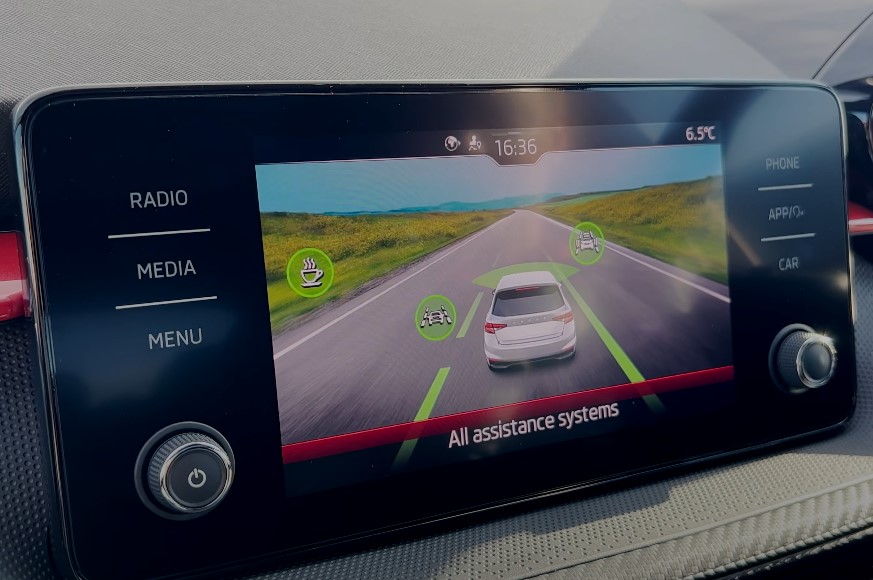
There’s a simple reason many of these cars are less likely to be in an accident: they’re actively trying to avoid them. Literally.
Here’s how:
- Automatic Emergency Braking (AEB) steps in when you don’t react fast enough.
- Pedestrian Detection catches people in crosswalks before you even see them.
- Lane-Keeping Systems stop you from drifting.
- Adaptive Cruise Control prevents rear-end crashes by keeping a safe distance.
- Headlights that actually light up the road (surprisingly rare) help you drive safer at night.
Nationwide Trends
Even though model-specific crash rate data is thin, national trends help tell the story.
- Fatalities are dropping. NHTSA estimated 39,345 traffic deaths in 2024. That’s down from 40,901 in 2023, and the first time in years that the number dipped below 40,000.
- Speeding and impaired driving are still the top killers. Over half of crash fatalities in 2022 involved one or both.
- Seatbelts save lives, but too many still skip them. Around 30% of people killed in vehicle crashes in 2025 weren’t wearing one.
So, while car design matters a ton, behavior still plays a huge role.
Noteworthy Mentions and Limitations
You might’ve heard the Volvo XC90 or Tesla Model 3 mentioned as ultra-safe cars. And that’s true, just not based on the 2025 IIHS list. Older data sources (some without timestamps) still rank them high, but they didn’t make the TSP or TSP+ cut this year.
That doesn’t mean they’re unsafe. It may reflect evolving IIHS criteria or minor performance dips in one area, like headlights or rear passenger protection.
Also worth noting: some vehicles are statistically safer because of who drives them. A Toyota Camry driven by a 45-year-old parent in Ohio has a different risk profile than a Dodge Charger in the hands of a 19-year-old in Florida.
So real-world crash rates depend on:
- Driver demographics
- Urban vs. rural traffic patterns
- How often and how far the car is driven
Final Thoughts
If you want a car that’s less likely to get hit in 2025, start with the IIHS TSP+ list. It’s not a guarantee, but it’s a smart bet.
Vehicles like the Hyundai Elantra, Honda Civic Hatchback, Toyota Camry, Tesla Model Y, and Mazda CX-90 are leading the way. They’re packed with tech that prevents crashes and designed to protect when prevention fails.
Pair that with seatbelt use, calm driving, and putting your phone away, and you’re stacking the odds in your favor.
Because in the end, safety isn’t just about what’s under the hood. It’s what the car and the driver do with it.
Related Posts:
- When Will Entry-Level Electric Trucks Hit the Market?
- How to Get Sticker off Car Window - Easy, No-Scratch Methods
- How to Get Paint off Your Car - Tips and Tricks for…
- Crash Safety Showdown: Electric Vehicles vs.…
- 8 Safest Family Cars of 2025 – Crash Tests, Features…
- Travel Trailer Brands to Avoid - Models That Break…



